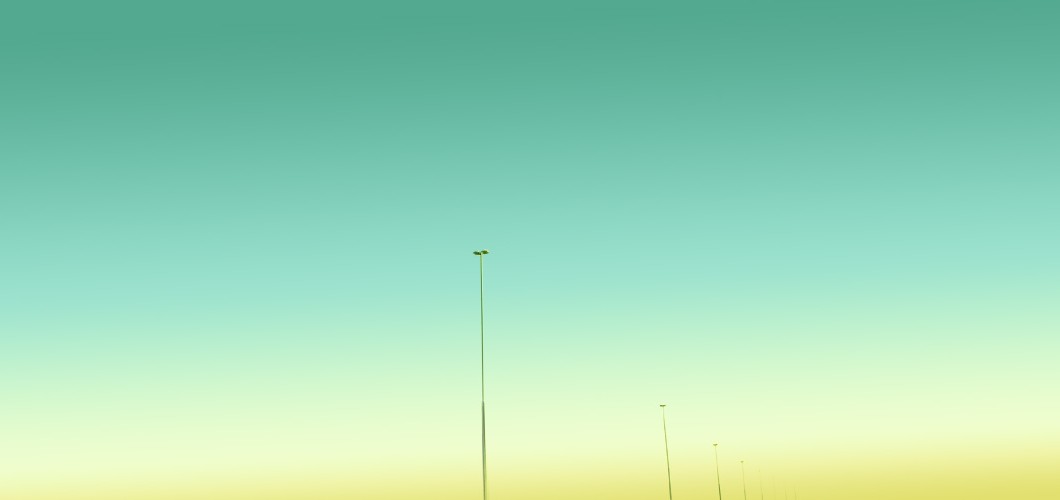As advertisers, our clients and consumers expect that content will be authentically creative. They want to feel as if the content they are consuming is based on a very real observation or situation. It has to ring true. But is our creative approach truly authentic?
Last Friday, I participated in the ZooFest creative conference. During the afternoon session, a central theme emerged: the creative process cannot be interrupted in mid-evolution; rather, it must be freed from all constraints. Creative content is often incomplete because the process is interrupted by various imposed (or random) limitations before it can reach its full potential (or “punch”). Jean-Louis Gusiew of Geometry Global showed us the legendary commercial developed for the British newspaper, The Guardian, in which we see the same scene from different points of view. He used it to make the point that the creative process cannot be wholly understood until it is complete (delivering the famed “punch”).
The concept of creative authenticity, which is now more real than ever, is being impacted by the increasingly more social nature of the Internet and communications. The consumer is far more likely to appropriate an advertising message if he or she perceives the content as being authentic. The only way that advertising, in any form, can transmit true emotion to consumers is if it radiates this authenticity. It is presently the best way to share an advertising message with consumers.
Similarly, filmmaker Casey Neistat introduced us to post-narrative, a creative approach he uses in his own art. This approach consists of capturing each present moment with video and then finding out which story to tell later, when inspiration hits. In other words, he “makes do with what he has”. In doing so, he explains, it’s impossible not to be authentic, he only uses real images. This approach has greatly influenced his creative process, whether it’s for big brands like Nike or Mercedes or his more personal projects posted to YouTube.
It’s never easy to just let your creativity flow and not think about the consequences or risks involved. However, it’s usually at that precise moment when the most original material will emerge.

